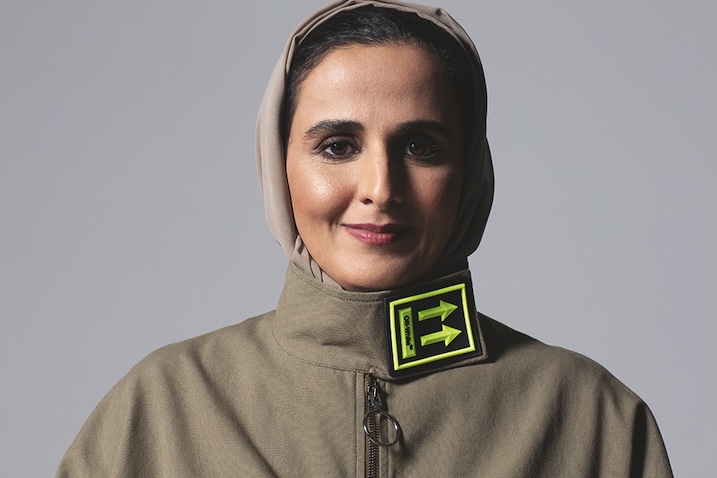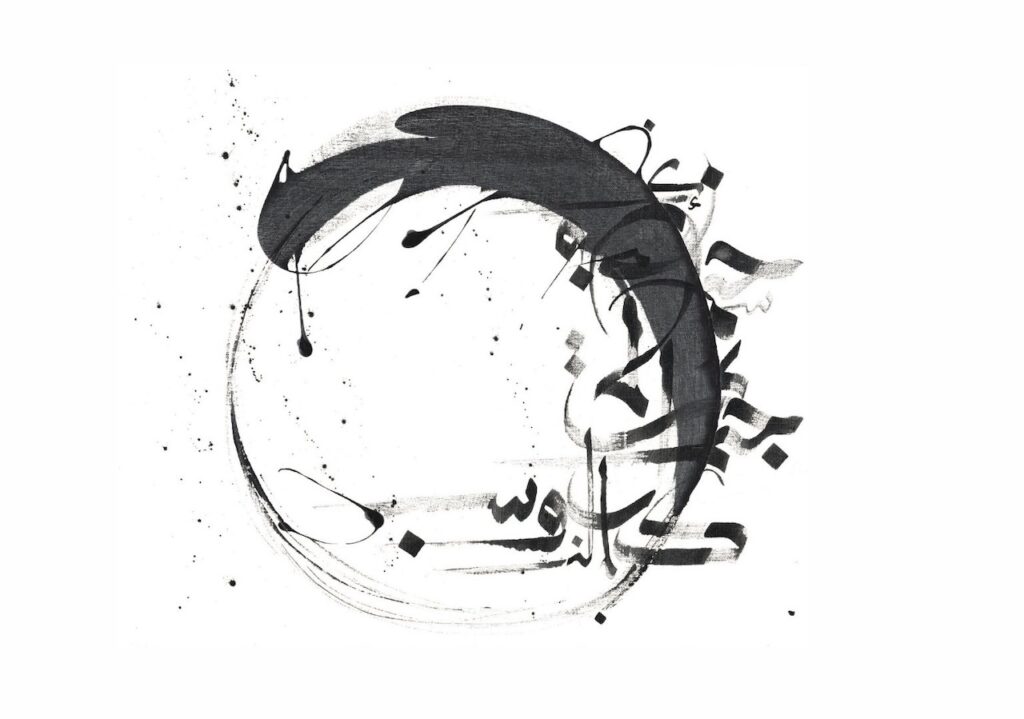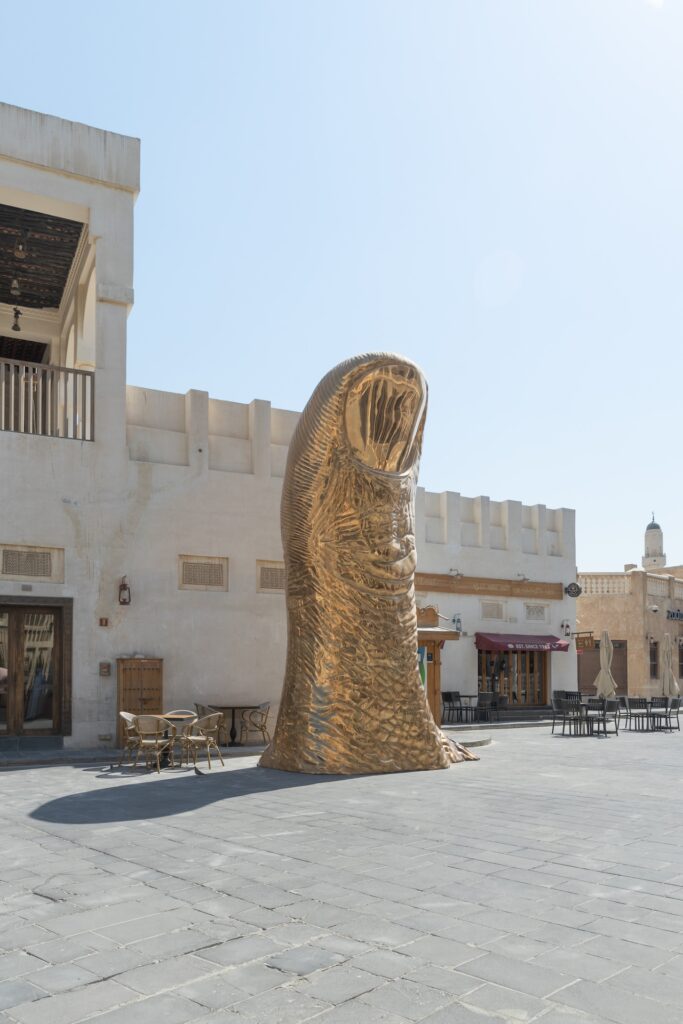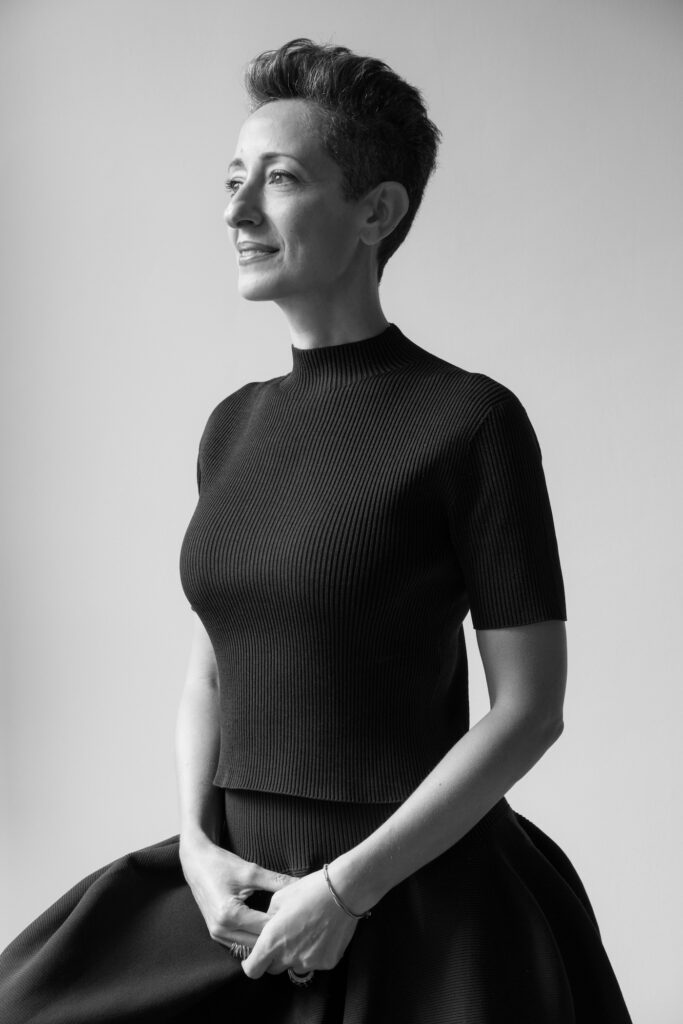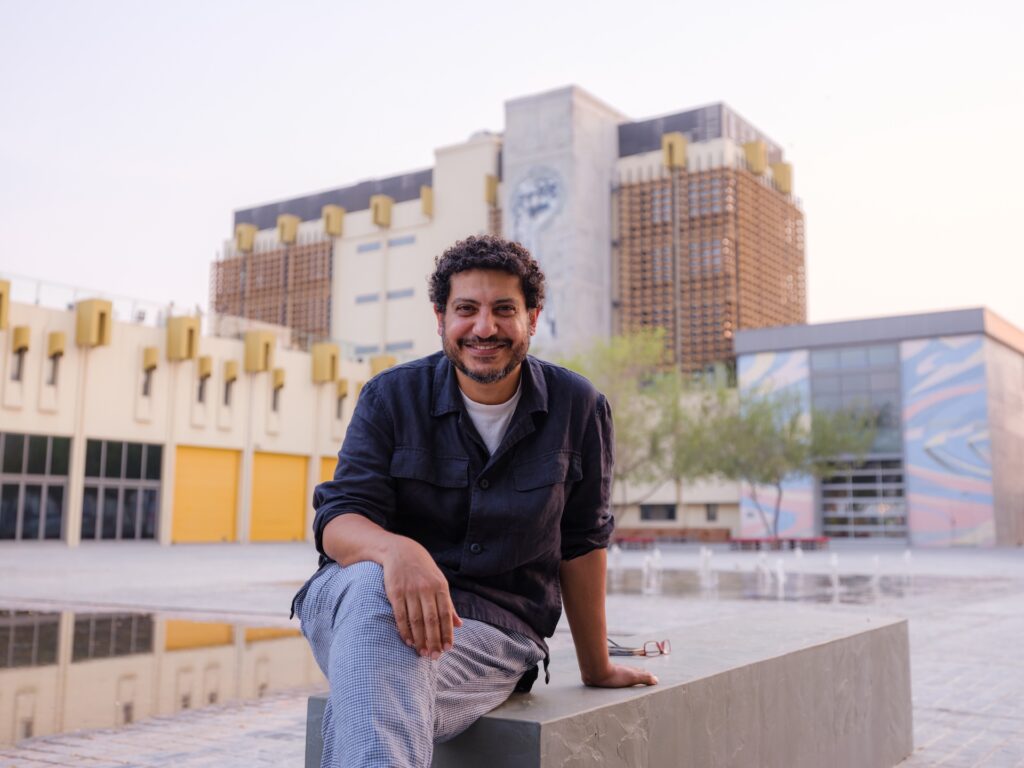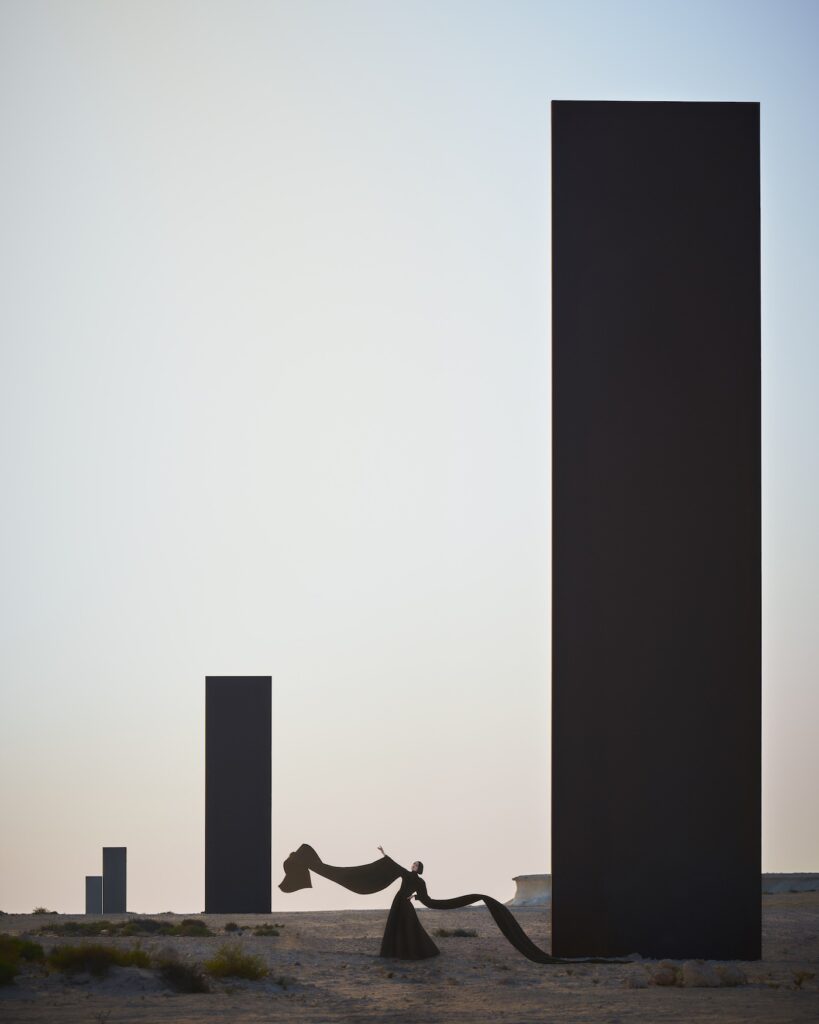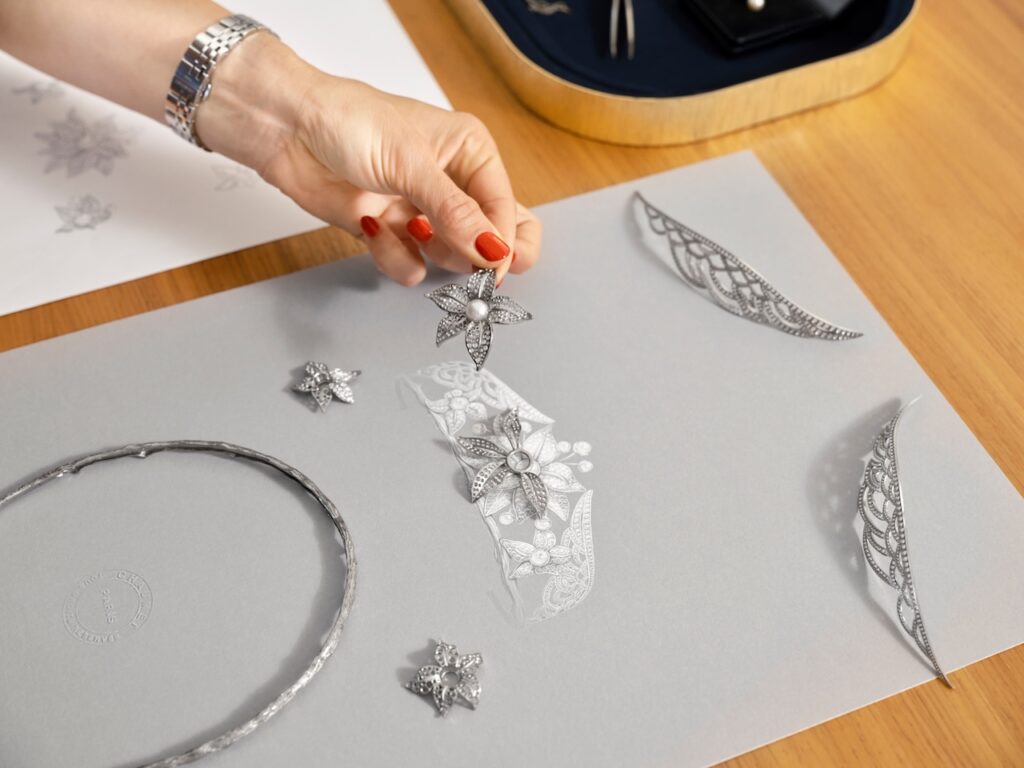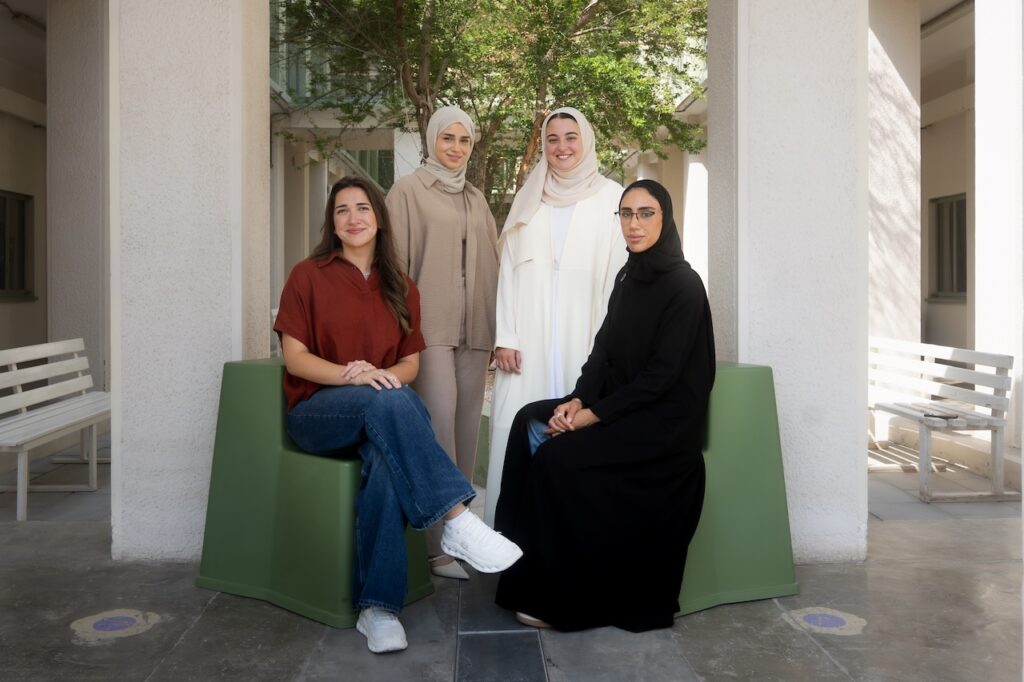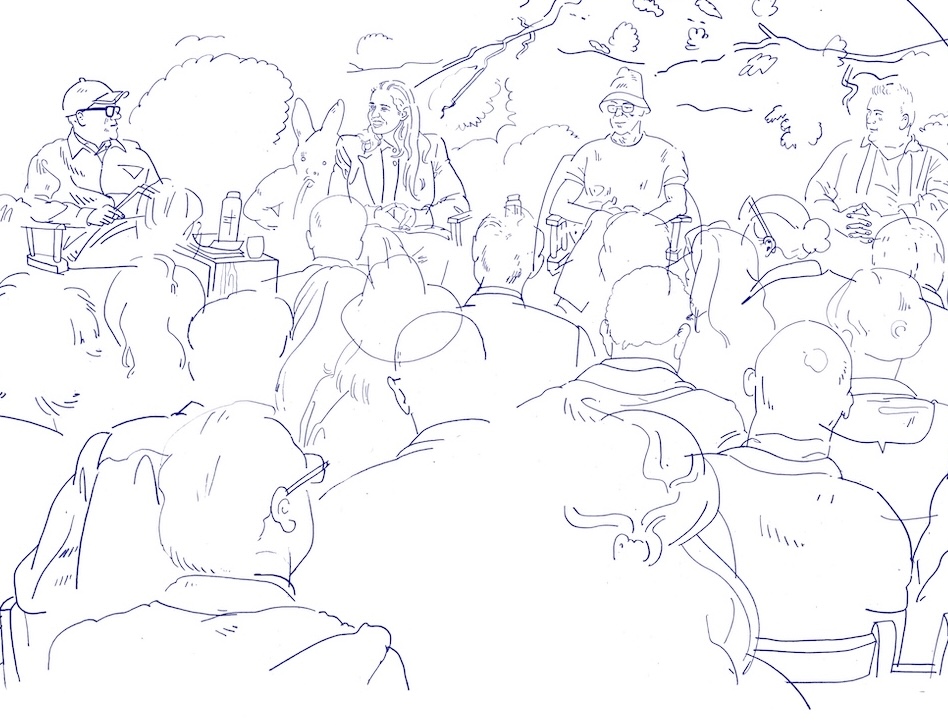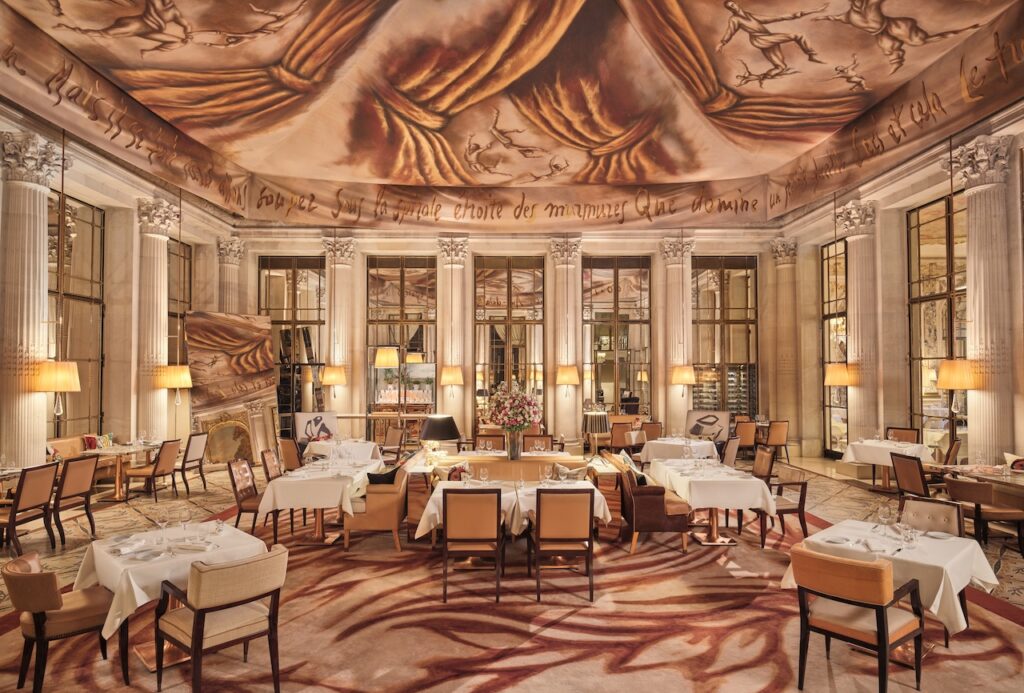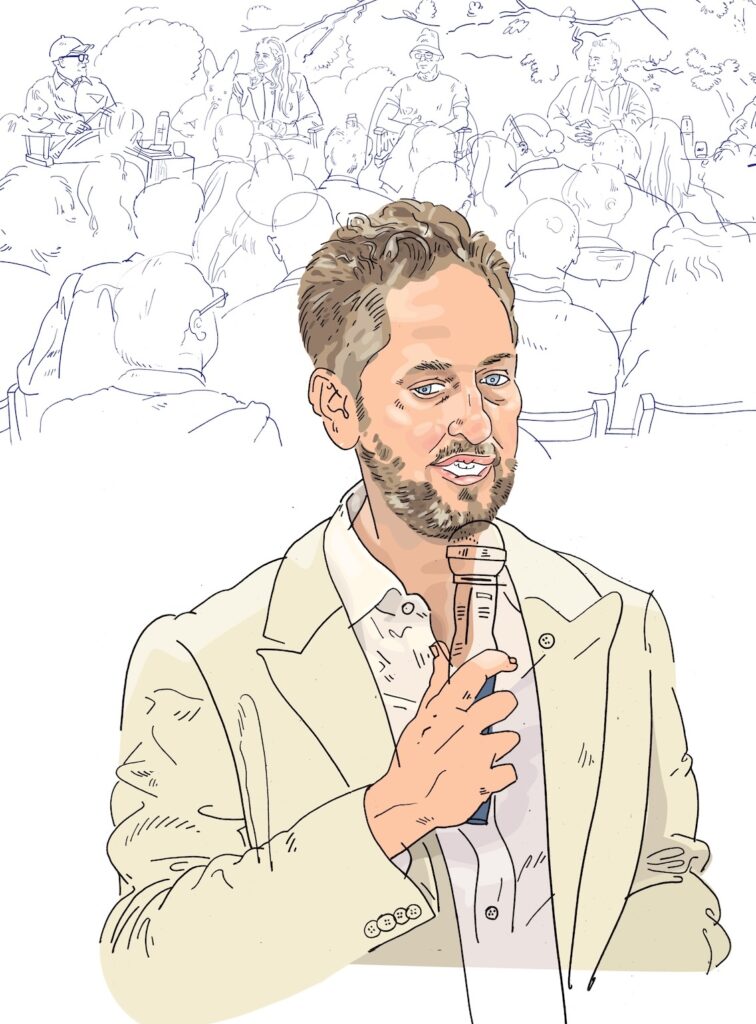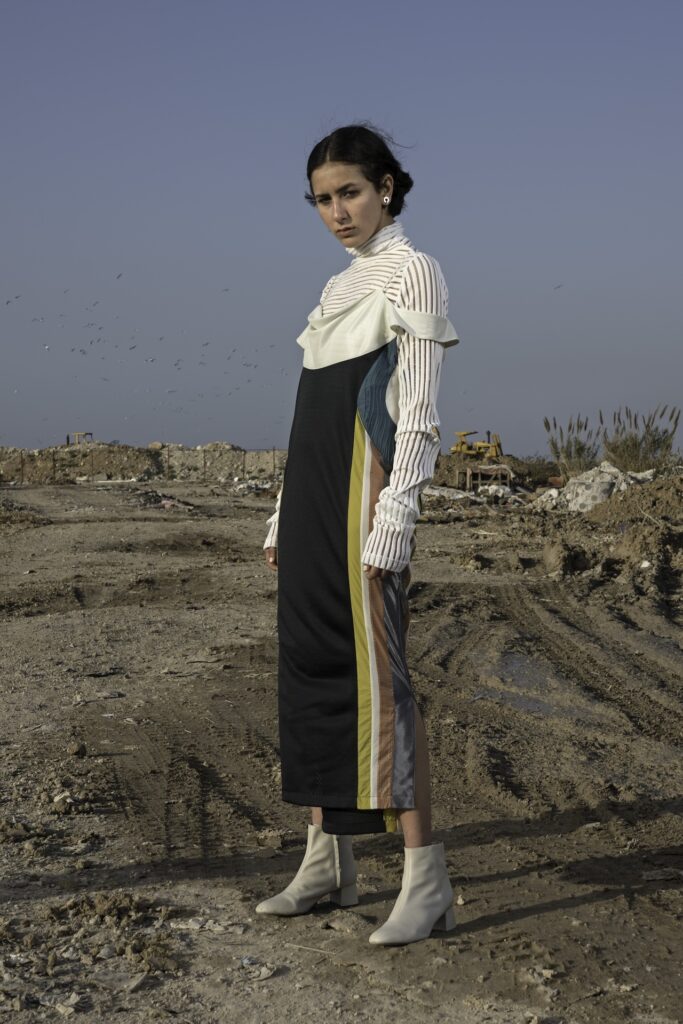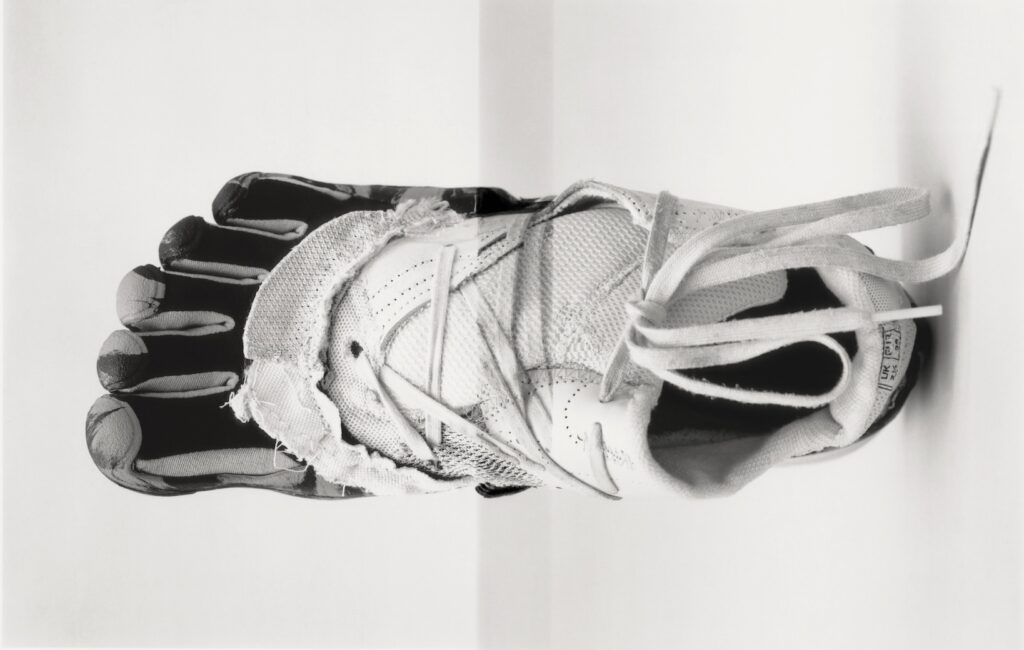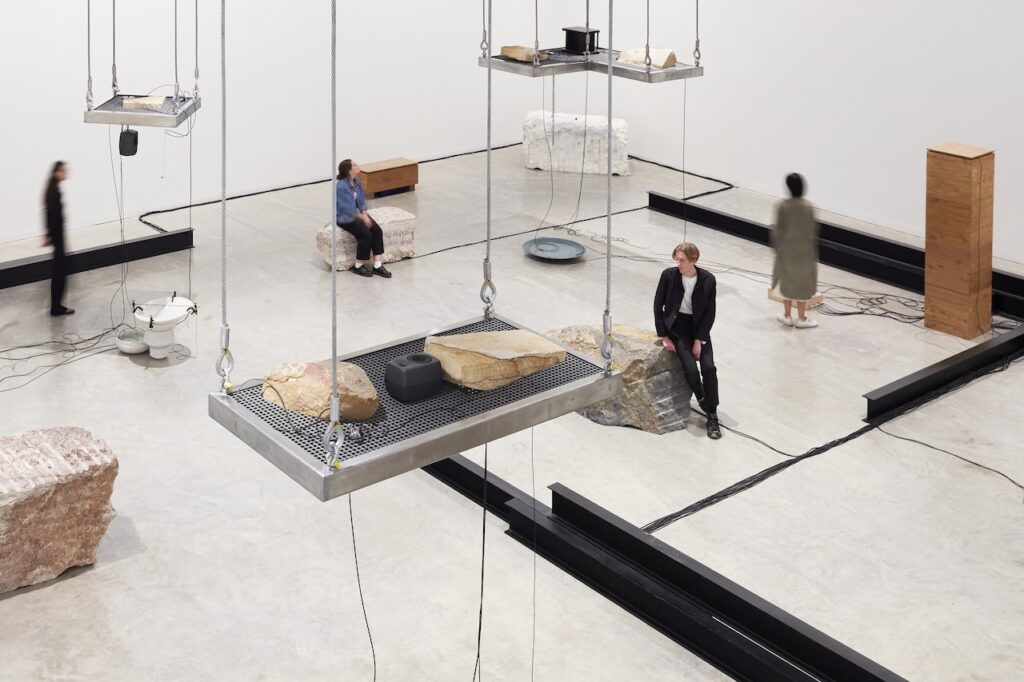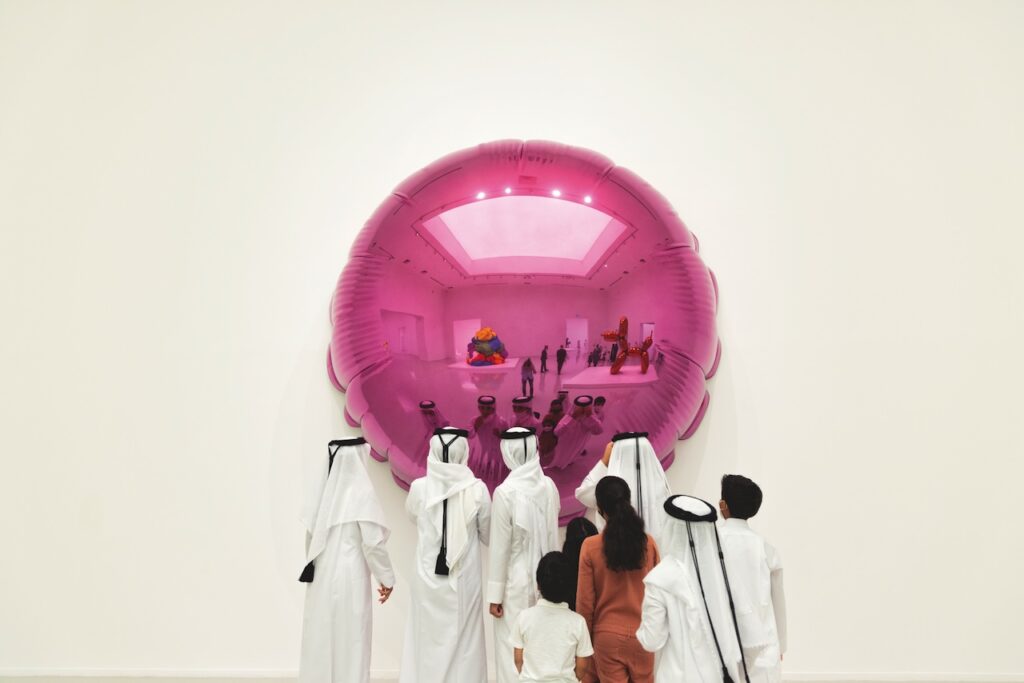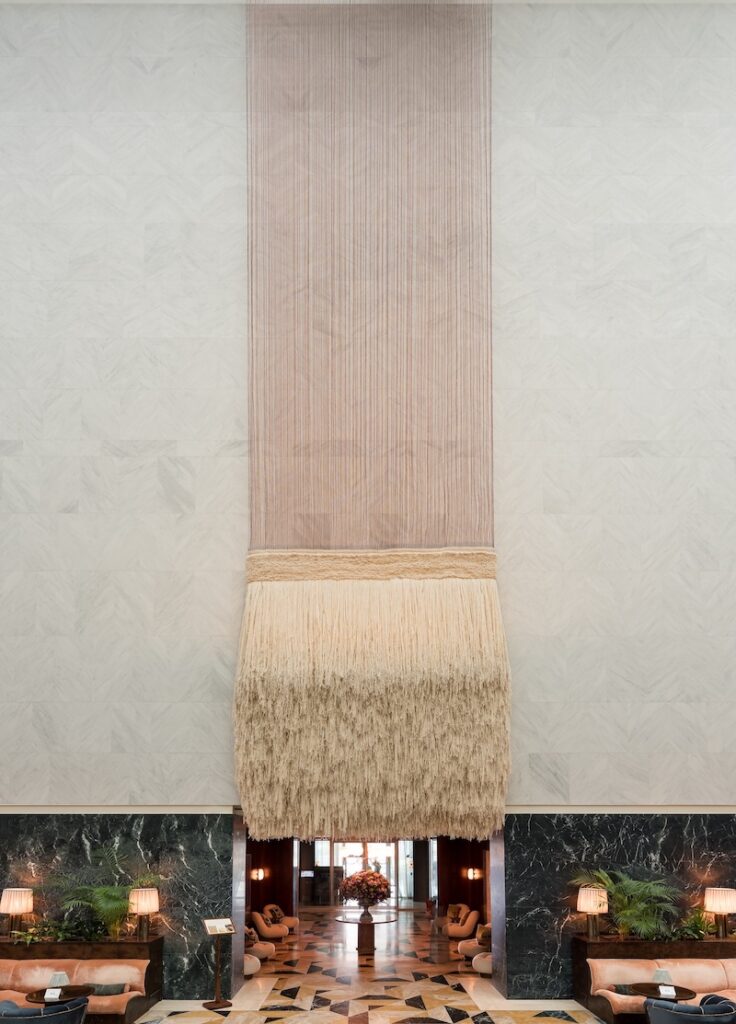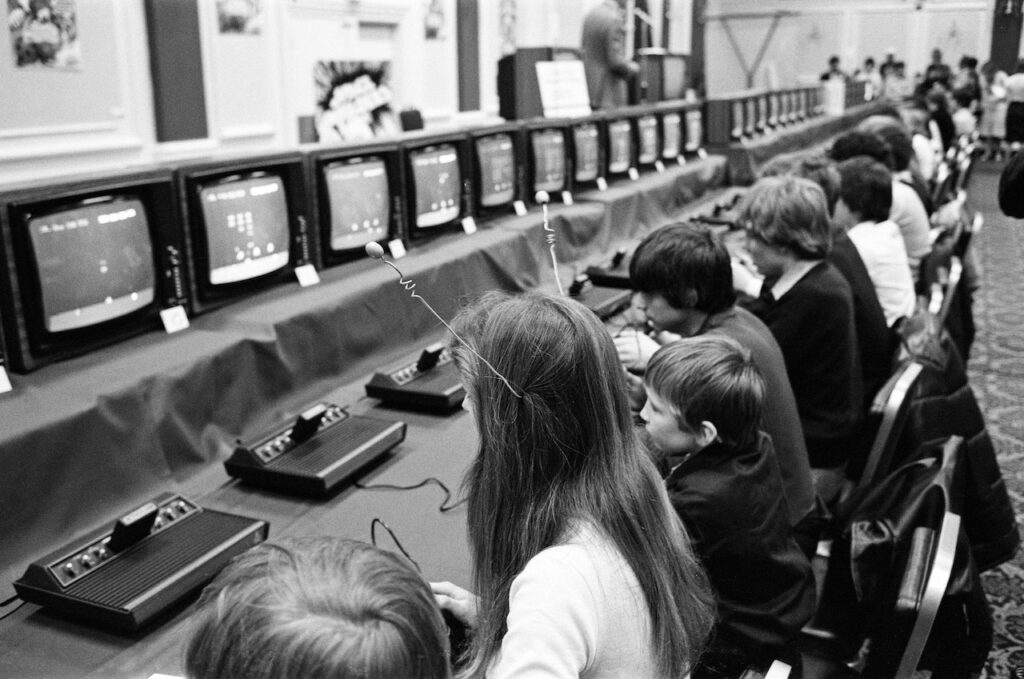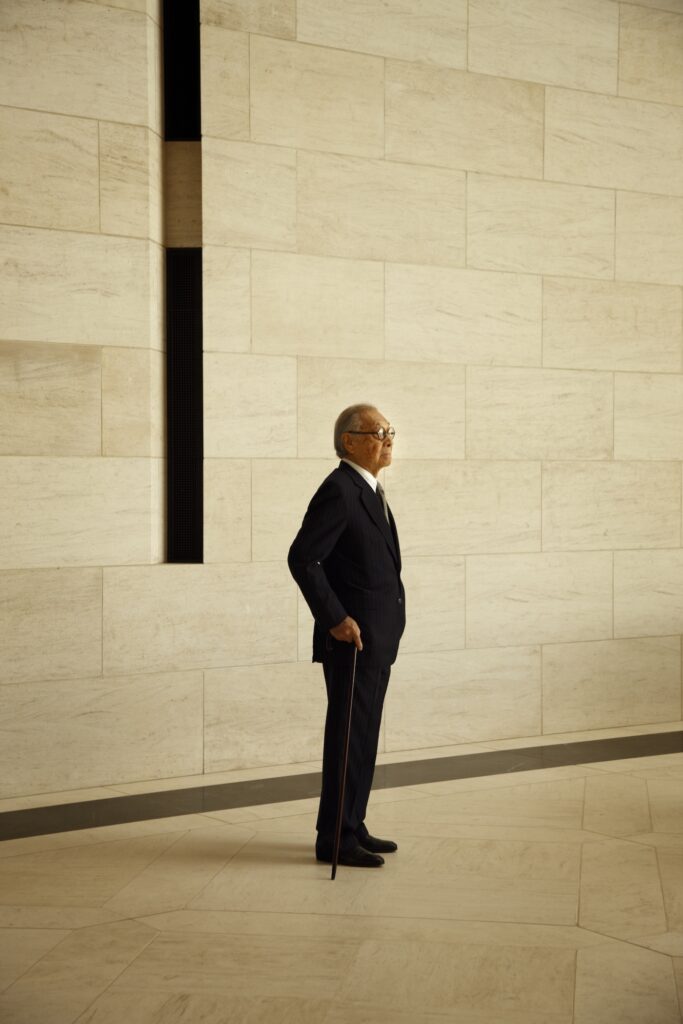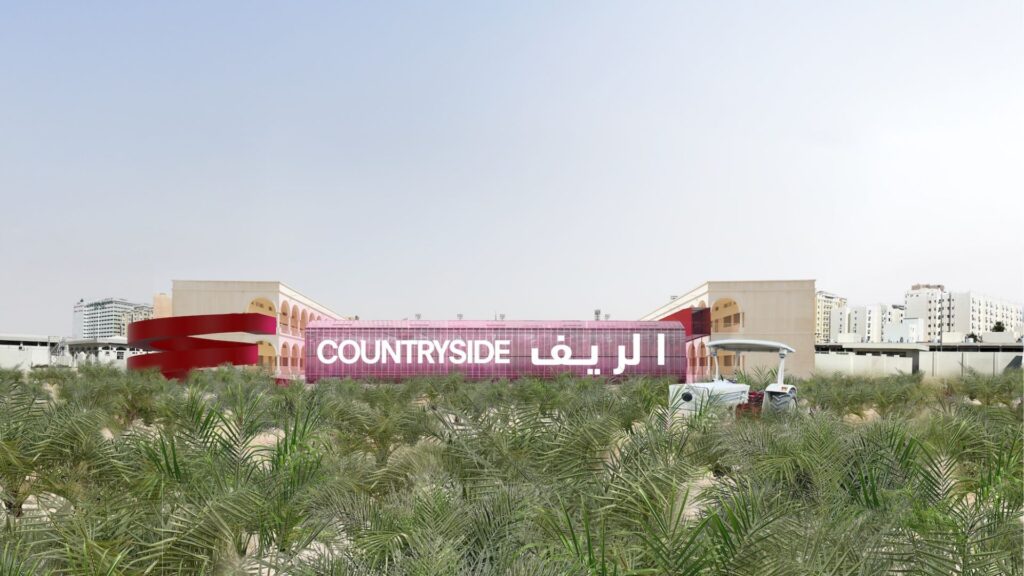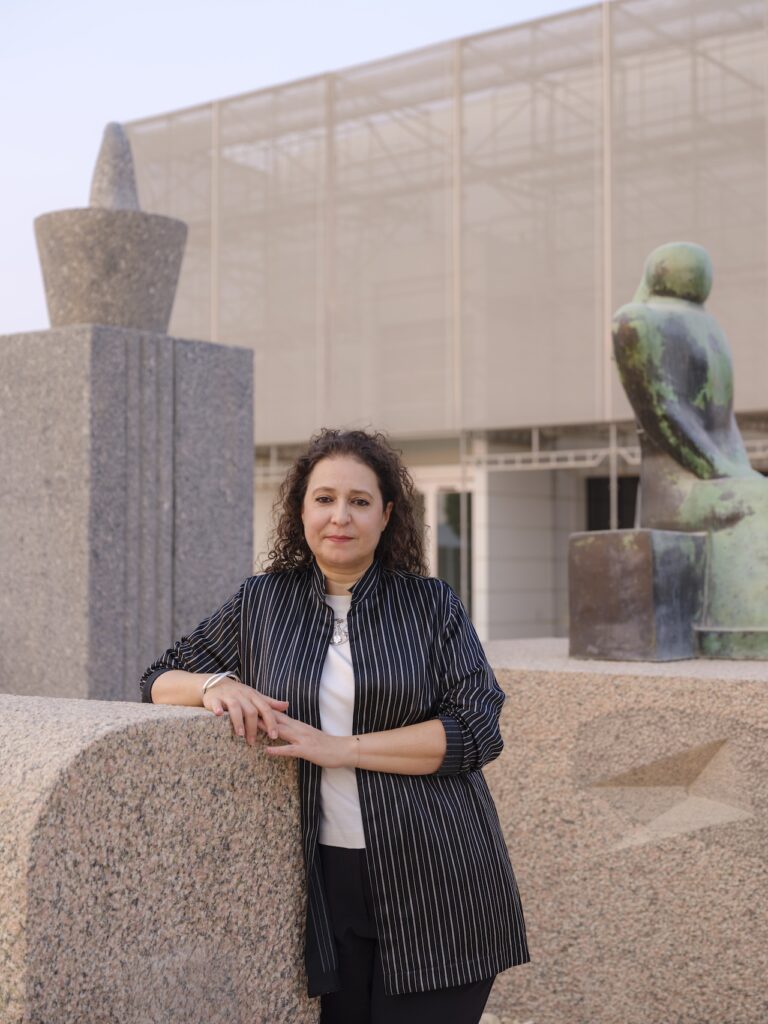The Immersive Artist
Qatar Museums and the Kiran Nadar Museum of Art present a journey through the life and works of MF Husain, the godfather of Indian modernism
Words Aarish Sardar
The Rooted Nomad, Venice. Photo: © Kiran Nadar Museum of Art
The Immersive Artist
Qatar Museums presents an immersive journey through the life and art of the godfather of Indian modernism
Words Aarish Sardar
Maqbool Fida Husain, better known as MF Husain, is one of the most celebrated and controversial figures in modern Indian art, and he is the subject of an innovative new exhibition in Doha. It has been conceived and curated by the Kiran Nadar Museum of Art (KNMA) in New Delhi – holders of a significant collection of Husain’s work – and takes the form of a multisensory immersive experience.
Born in 1913 in Pandharpur, a Hindu village in the state of Maharashtra in western India, Husain grew up far from the urban art scene. He lost his mother at a young age and was raised in modest circumstances, initially scraping a living by painting cinema hoardings, making wooden children’s toys and designing children’s furniture. Meanwhile, he developed a distinctive style of bold lines, vivid colours and dynamic energy while sketching on the streets of Indore and Mumbai.
He was a founding member of the Bombay Progressive Artists’ Group in 1947 – the year of Indian independence – which set out to explore ways of making new art for the nascent country. Their works were too challenging for the Indian art establishment of the time, and the members of the group were ostracised. They held a few of their own exhibitions but by 1950 had broken up.
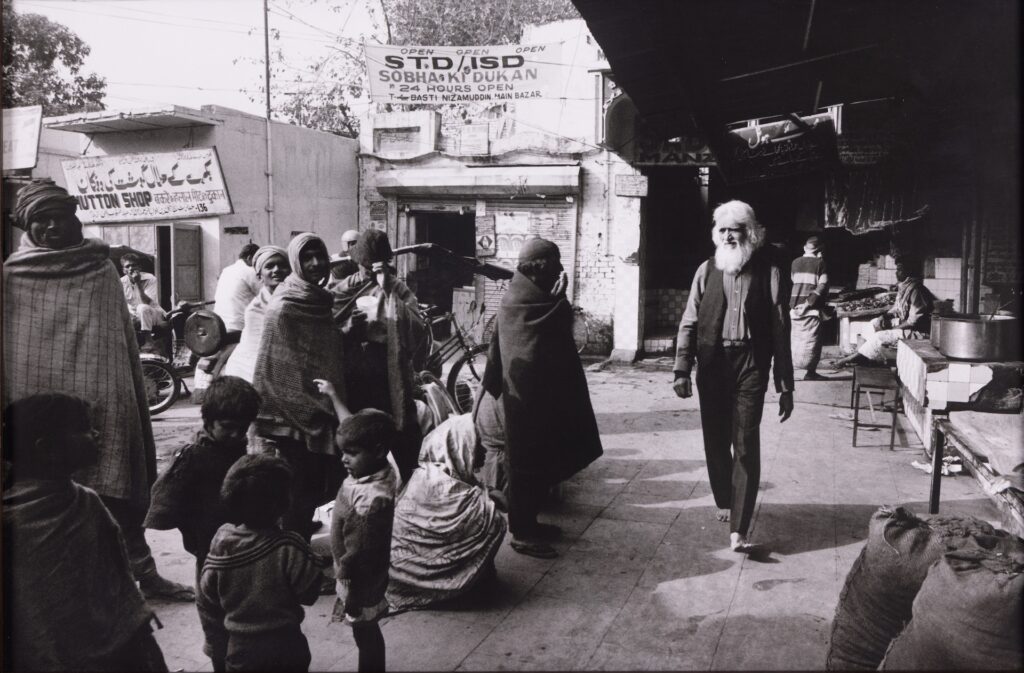
Husain fused contemporary styles with popular Indian iconography, including the figures of Hindu deities – although he was raised a Muslim, he was a great promoter of what he viewed as India’s multireligious identity and he once painted what he termed a “theorama”, depicting nine of the world’s major religions, plus one of his own invention. He famously travelled “barefoot across the nation” (a phrase used as the title of a seminal 2010 study of his work), relishing random encounters and storing up scenes of everyday rural and urban life for later use.
Husain’s life entered a challenging phase in the mid-1990s when his depictions of nude Hindu goddesses gave offence to nationalist elements: his home was vandalised, many lawsuits were brought against him and he received death threats. In 2006, Husain reluctantly left India. Qatar granted him citizenship in 2010, a rare honour that helped to dull the pain of separation from his homeland. “There is no shying away from this history,” says KNMA’s director and chief curator Roobina Karode. “But I would not reduce him to a victim. He remained resilient, and in Doha carried with him Indian myths, folk traditions and memories. Exile became another chapter in his nomadic journey.”
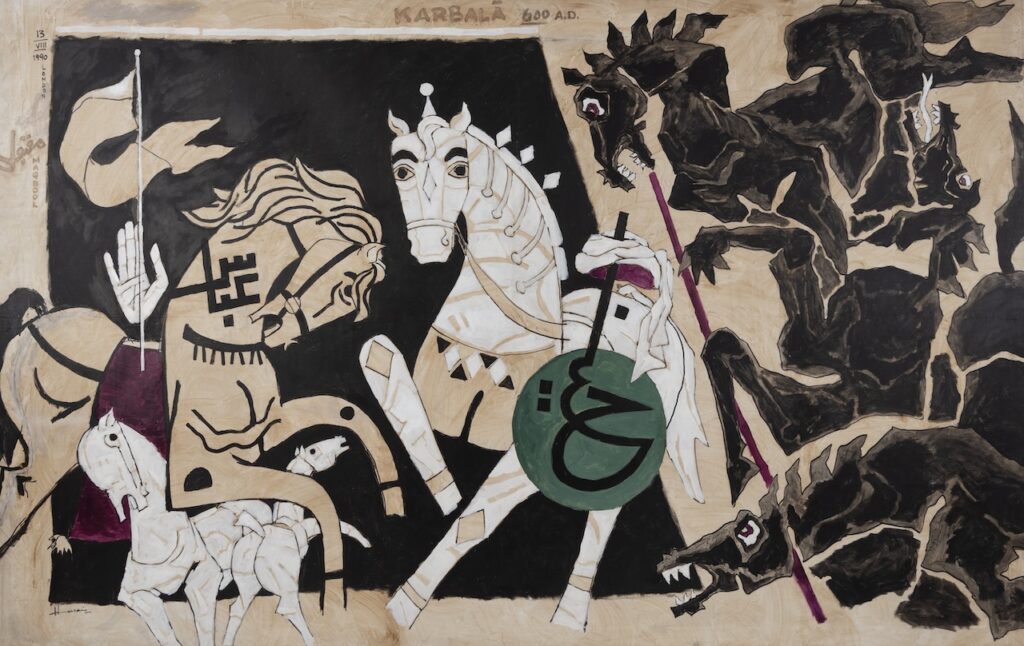
One of Husain’s final commissions (he died in 2011) was suggested by Her Highness Sheikha Moza bint Nasser, the mother of the present Amir of Qatar. It was a wide-ranging project about Arab civilisation that included a series of paintings that reflect the 99 names of Allah and a permanent experiential art installation, Seeroo fi al ardh, that now occupies its own building in Doha’s Education City.
It was decided by Karode at an early stage that Husain’s eventful story would be best served by a less conventional art exhibition, and she concluded that an immersive animated installation would better express the recurring themes of his life and work. In the case of Husain, this is a particularly apt form of presentation given his lifelong fascination with cinema, sound and movement – Husain produced and directed several films, including an award-winning, wordless portrait of Rajasthan called Through the Eyes of a Painter, made in 1967.
Scenes from The Rooted Nomad installation in Venice, celebrating the life of MF Husain through an immersive film composed of fragments of his art.
Photo: © Kiran Nadar Museum of Art
“In Doha [Husain] carried with him Indian myths, folk traditions and memories. Exile became another chapter in his nomadic journey”
Roobina Karode
Developed by Rome-based studio Visioni (which has previously created blockbuster immersive exhibitions based on the work of Van Gogh and Vermeer), The Rooted Nomad is a 40-minute sequence of animated elements – horses, dancers, deities, musicians, peasants – drawn from Husain’s paintings and drawings, which evoke the artist’s long journey from rural poverty to international recognition. “One can vividly imagine Husain himself brimming with excitement, experimenting, observing and delighting in the interplay of light, motion and sound, as though each projection were an extension of his creative and curious mind,” says Karode.
The show was first presented at the Venice Biennale in 2024 (70 years on from Husain’s first participation in 1954), and ArtReview magazine called it “an expertly handled experience, with some breathtaking moments”. In Venice, the immersive element was shown alongside a selection of the artist’s paintings. The Qatar show is restricted to the immersive presentation – with no paintings – but has added resonance given Husain’s close connections to the country. “Doha had profound personal and artistic significance for MF Husain, making this presentation especially meaningful,” says KNMA’s founder and chairperson Kiran Nadar. “The project deepens the dialogue between India and Qatar, and preserves a legacy that inspires generations.”
For those who may never have encountered the work of MF Husain, The Rooted Nomad offers a compelling introduction. For long-time admirers it provides an opportunity to rediscover the artist anew in a form that transcends silent canvases hung on walls, presenting an experience that is more kinetic and representative of the artist’s colourful life.
Top Image: The Rooted Nomad, Venice.
Photo: © Kiran Nadar Museum of Art

